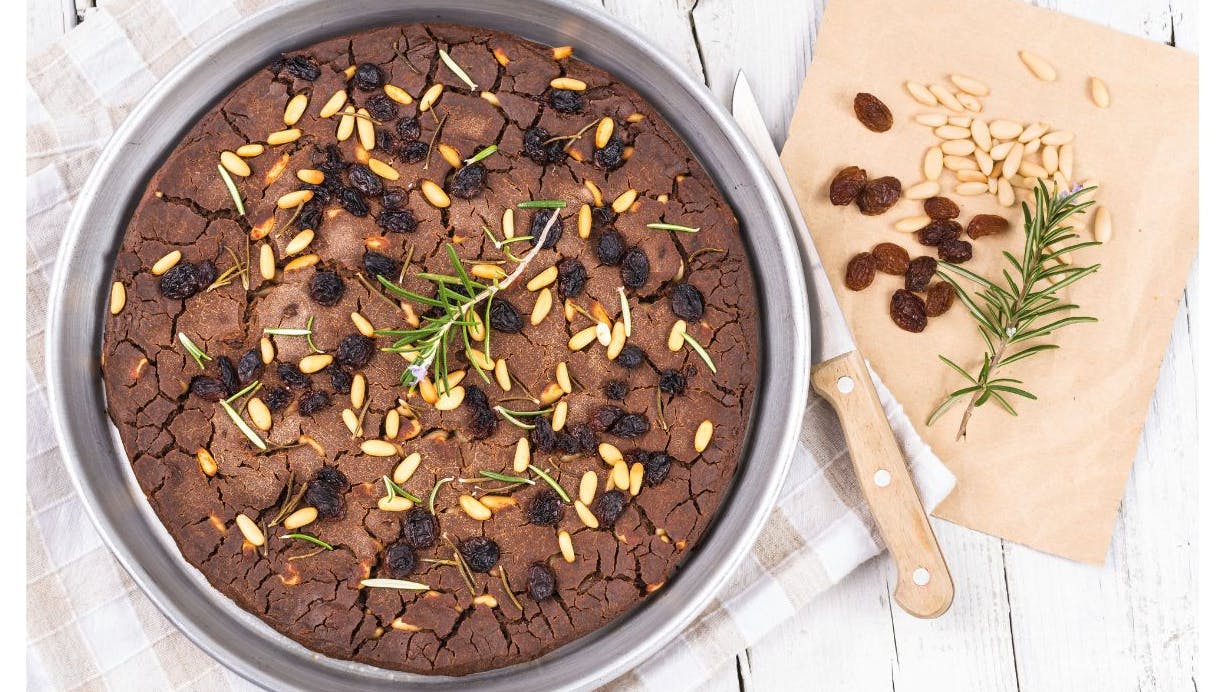

Water, chestnut flour, and dried fruits, just a few ingredients to create a dish that walks the line between sweet and savory, it will take you by hand and will take you through these ever-shorter days.
Our Cesarino Andrea from Lucca has shared his recipe with us for preparing this delightful dessert. A simple treat with the aromas of the forest and the rustic character of rural tradition: here is the recipe for castagnaccio.
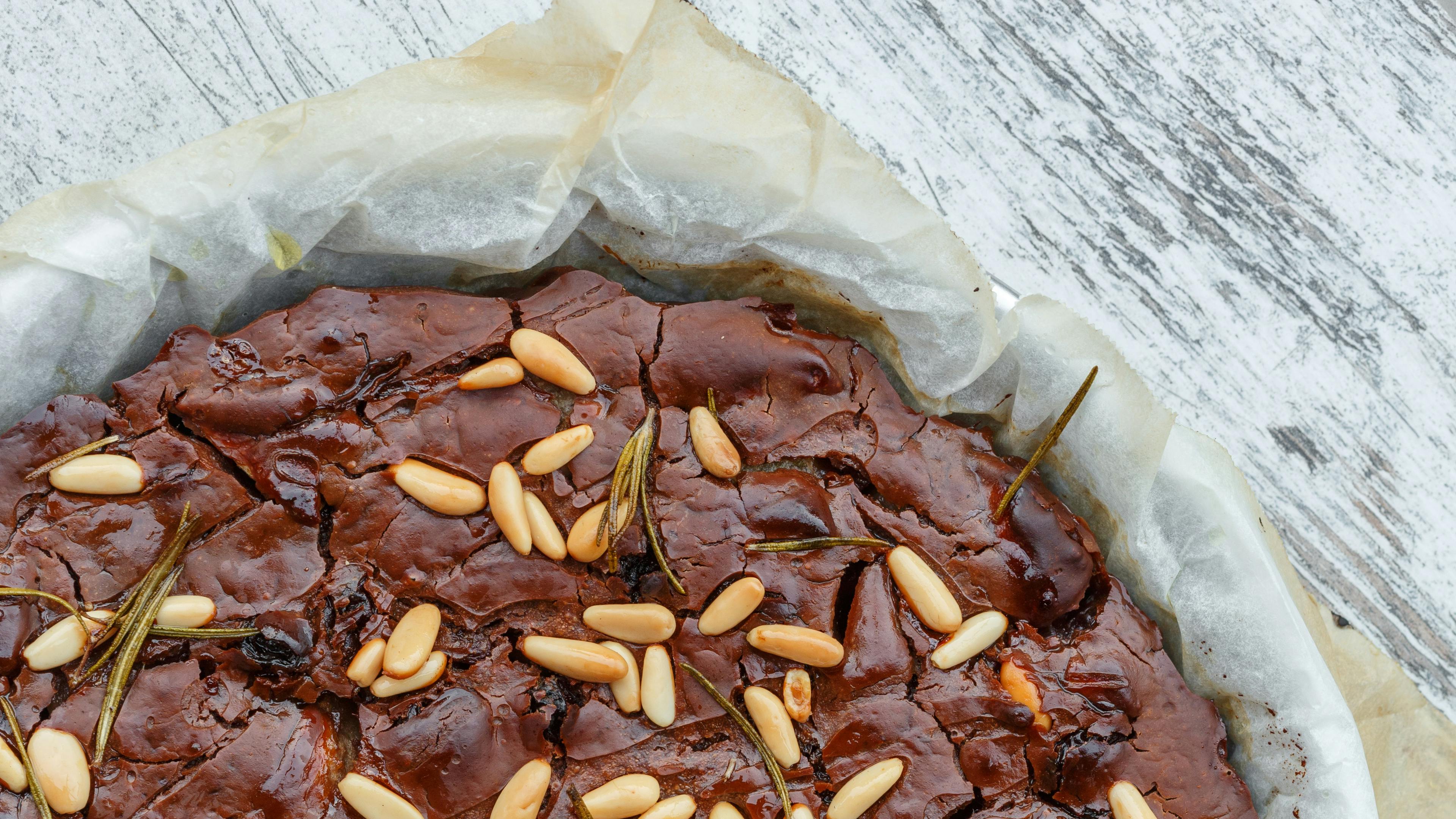
Castagnaccio (Italian chestnut cake)
An ideal blend of sweet and savoury, crafted to delight the senses with its authentic flavour and a simplicity that remains fresh and inviting through centuries.
Ingredients
- For a 24 cm castagnaccio:
- 300 g of chestnut flour
- 350–400 ml of water
- 6 g of salt
- 40 g of pine nuts
- 40 g of walnut kernels
- Olive oil, as needed
- Rosemary
- Orange zest
Method
- Sift the chestnut flour and gradually add the water, stirring constantly with a hand whisk.
- At this point, add all the ingredients (only the leaves of the rosemary), setting aside some of the ingredients for decoration.
- Grease a 24 cm diameter baking pan with oil and pour in the mixture.
- Decorate with the remaining ingredients and finish with a drizzle of oil.
- Bake in a static oven at 190°C for about 40 minutes, until a crust forms with cracks on the surface.
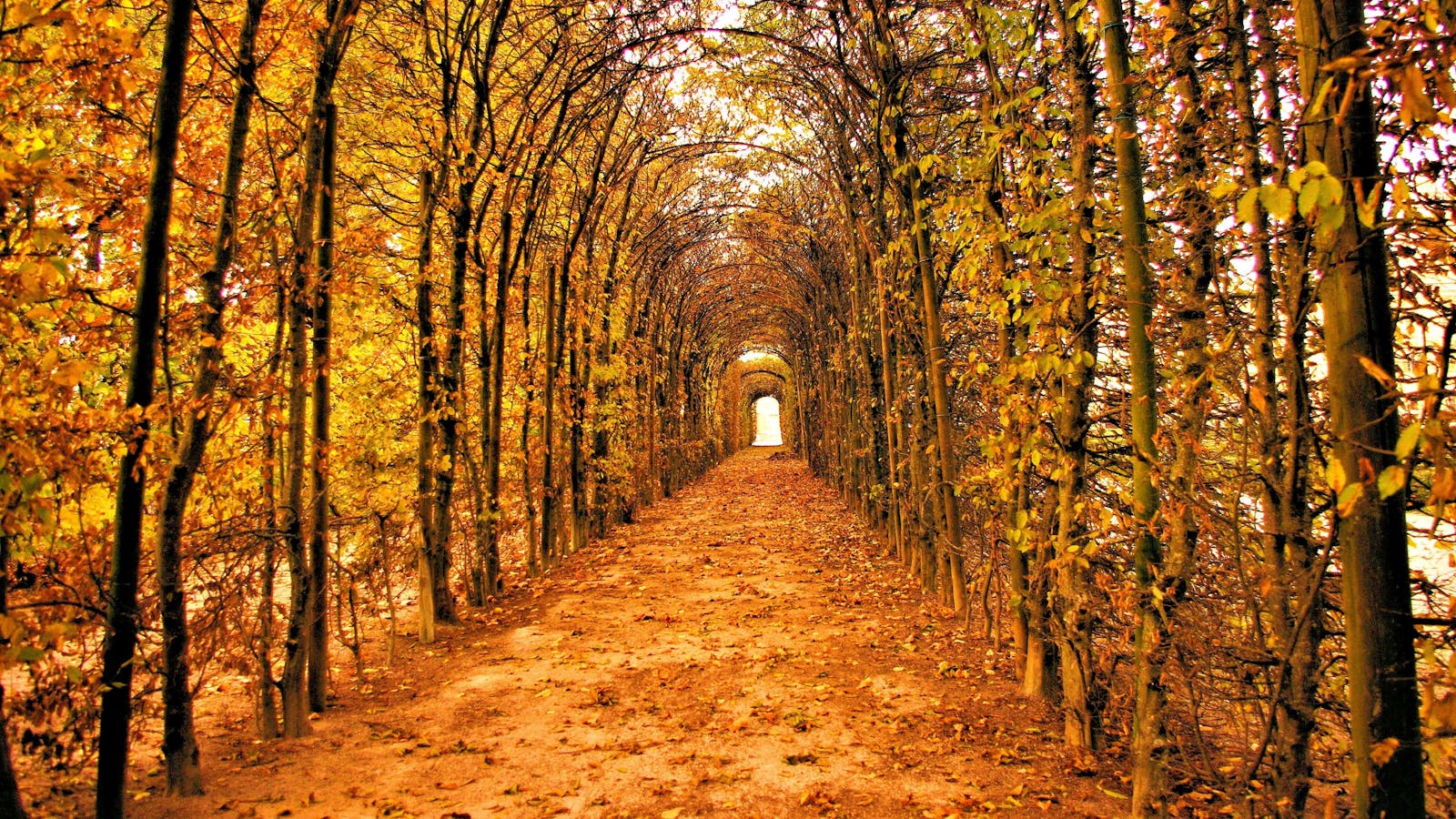
From the heart of the forest to your table
The recipe for castagnaccio has its origins in the Apennine region, at the border between Tuscany, Latium, Emilia Romagna, and Liguria. The humanist Ortensio Landi, at the end of the 16th century, mentions the recipe for castagnaccio in his work "Commentario delle più notabili et mostruose cose d'Italia e di altri luoghi," attributing it to Pilade da Lucca, who is described as "the first to make castagnaccio and from this gained praise."
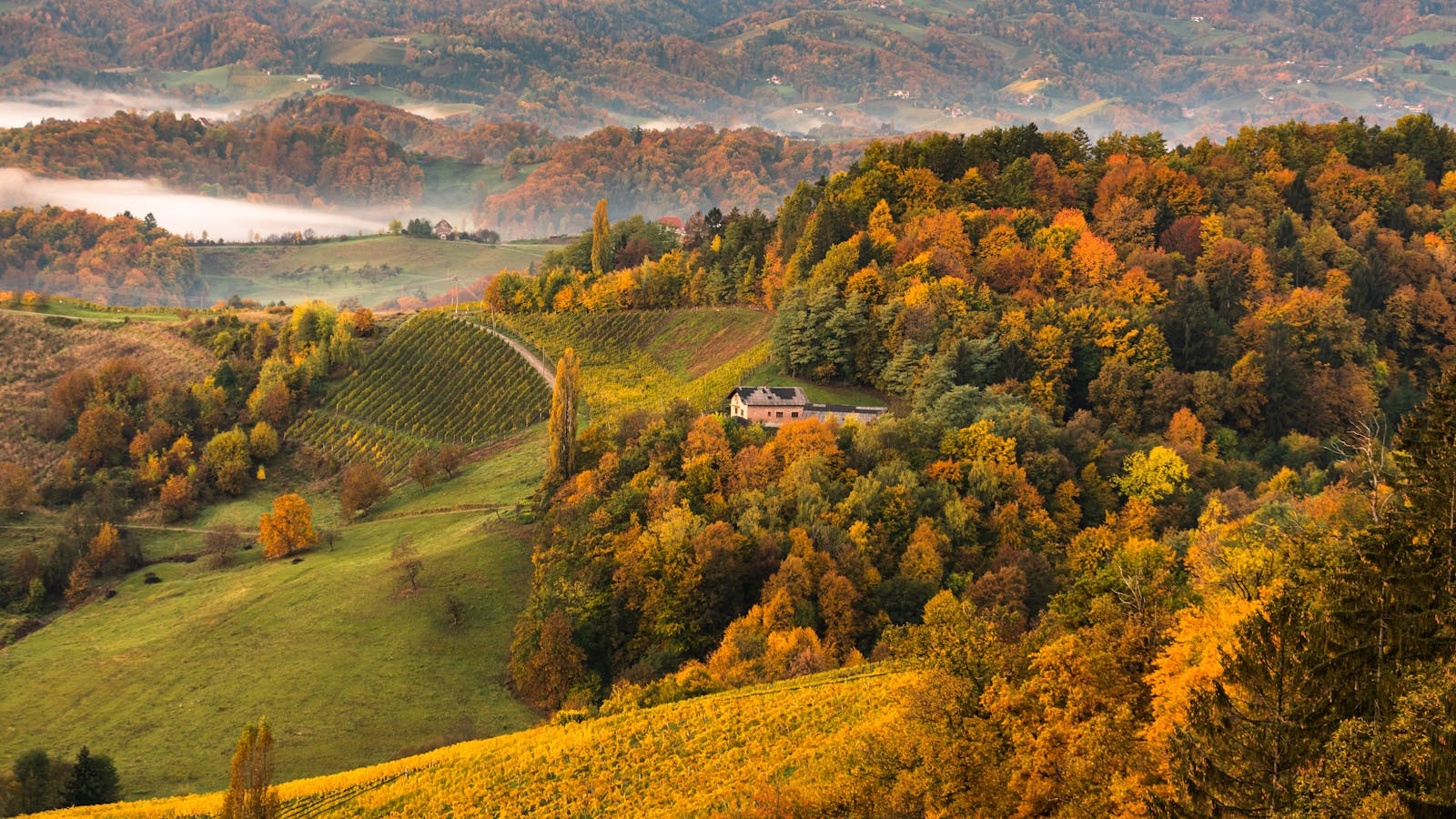
Like every traditional recipe, this one adapts its ingredients depending on the region: in Piedmont, a taller and softer version is made, with a batter enriched with Renetta apples, milk, and honey. Another variation from Piedmont includes crumbled amaretti, in addition to apples.
In Liguria, fennel seeds are also included among the ingredients, adding a very unique taste and aroma. Moving toward southern Italy, another version of castagnaccio is customized with local ingredients, such as candied citron and almond crumbs (Campania); orange peels and cooked wine to soak the raisins (Calabria); milk and walnut kernels (Umbria); and cocoa, eggs, milk, and yeast in Puglia, where this dessert resembles a classic cake, tall and fluffy.
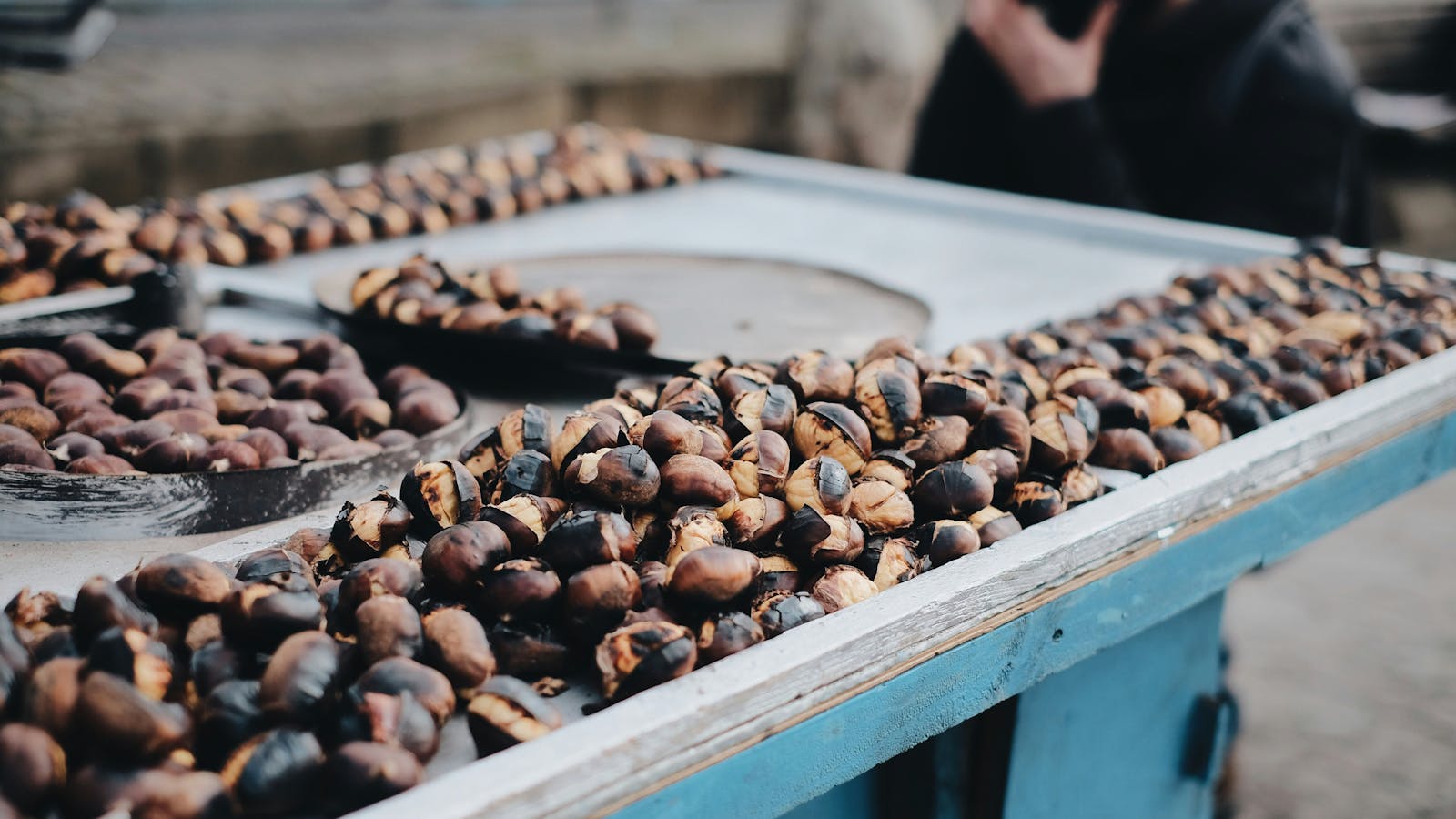
Originally a humble dish, over the centuries the recipe has become more formalized, reaching the form and ingredients we know today, with its various exceptions. Today, castagnaccio is a PAT (Traditional Agro-Food Product) of central Italy, catering to the tastes and dietary needs of all, as most of its variations are gluten-free and vegan-friendly.